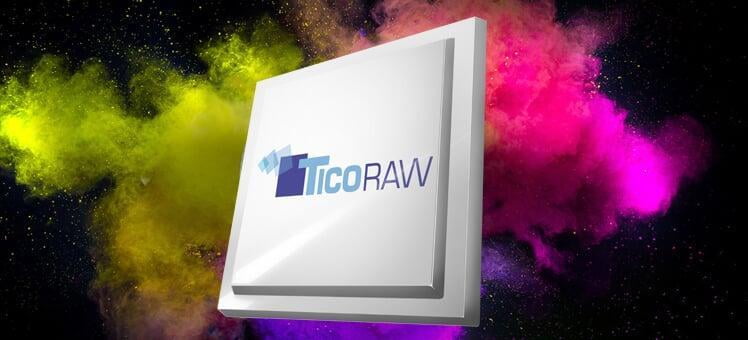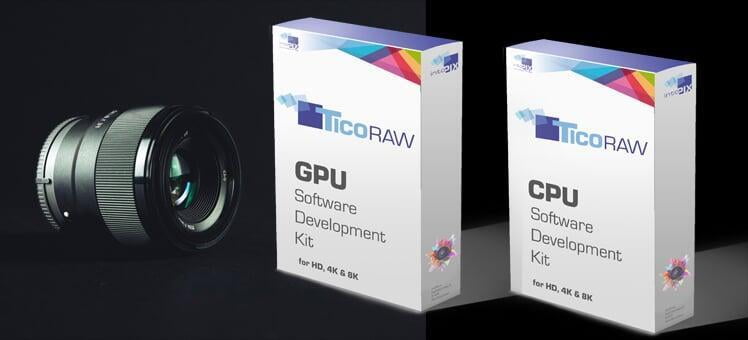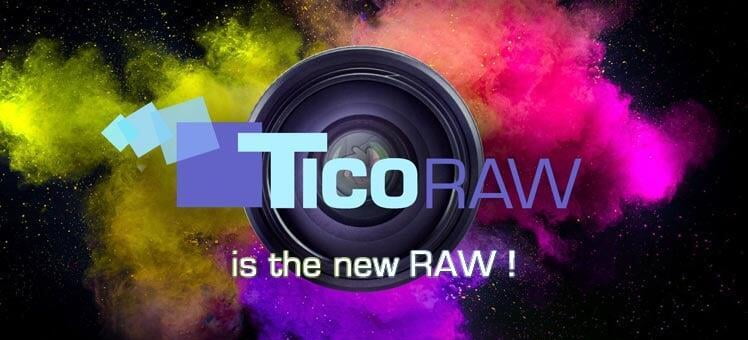
Image capture has become an integral part of our daily lives, with modern technology allowing us to record and store images and videos of unparalleled quality. As the demand for higher-resolution imaging grows, so does the need for more efficient and powerful image sensors. From professional cameras to smartphones, and from industrial to medical imaging, sensors are at the heart of many industries. Today, we are on the brink of a new era of imaging, where 8K is just the beginning or just one example.






The Changing World of Image Sensors
The demand for high-quality imaging is rapidly rising across a variety of sectors, including professional and consumer cameras, automotive systems (ADAS), AR/VR, industrial vision, medical imaging, and security cameras. Image sensors are everywhere! Whether for human vision or machine learning, sensors must now capture and transmit images with greater detail and precision than ever before.
As the world changes, so too does the role of image sensors. Today's sensors are capable of capturing ultra-high resolutions like 8K, and discussions about 16K sensors and 360° camera systems that capture 10 times 8K resolution are already underway. The goal? To capture reality in real-time with uncompromising quality.
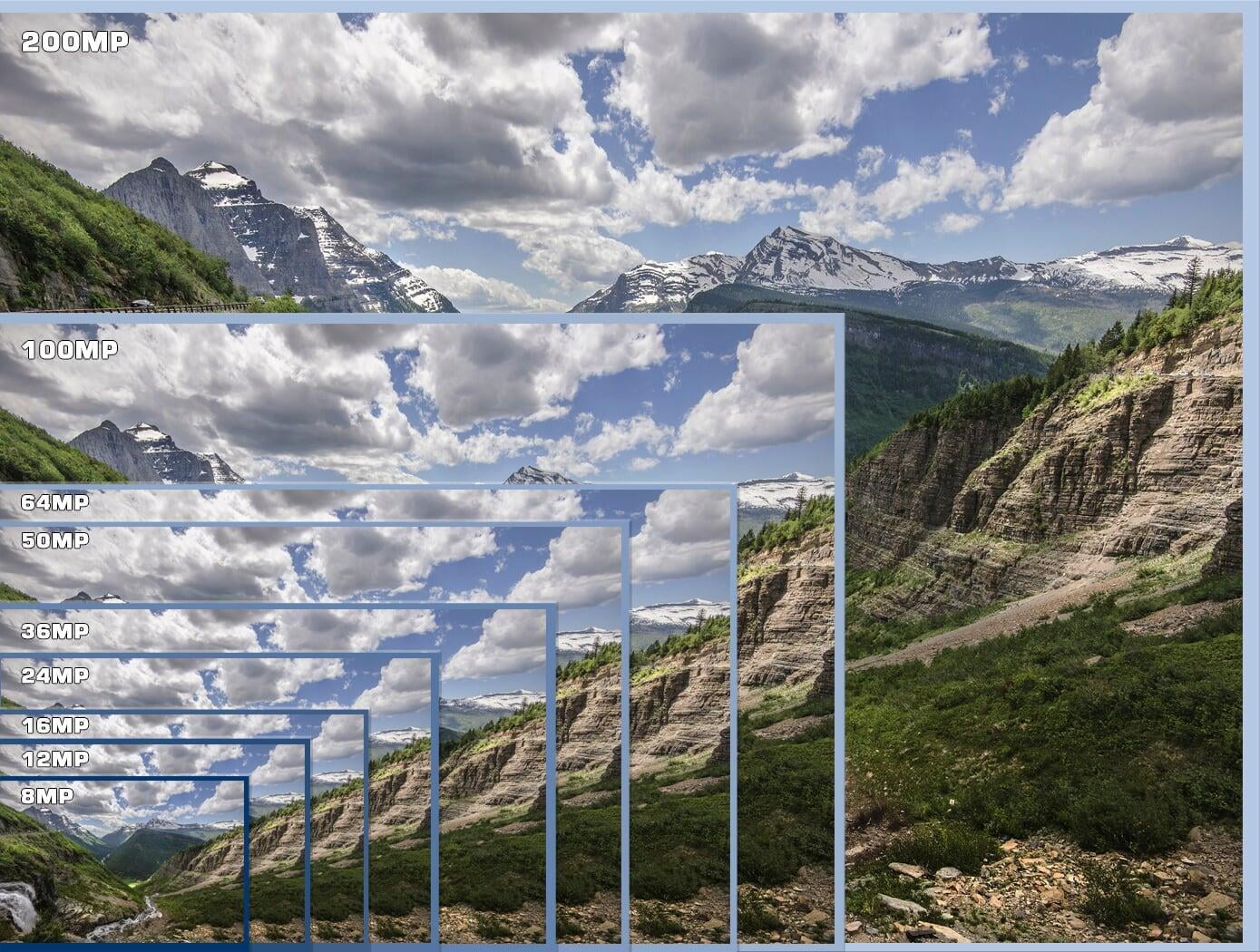
Challenges in the Image Sensor World
While image sensors have made significant strides in resolution and quality, they also face challenges. These include:
- Efficiency: Capturing more details while using less bandwidth and power.
- Dataflow & Power Consumption: Reducing power consumption and extending battery life for portable devices.
- Storage & Throughput: Managing the increasing data throughput and storage demands, especially as sensor resolutions continue to rise.
As sensors continue to evolve, we are witnessing a technological revolution that transforms smartphones into professional-grade cameras, enabling anyone to become a filmmaker or professional photographer.




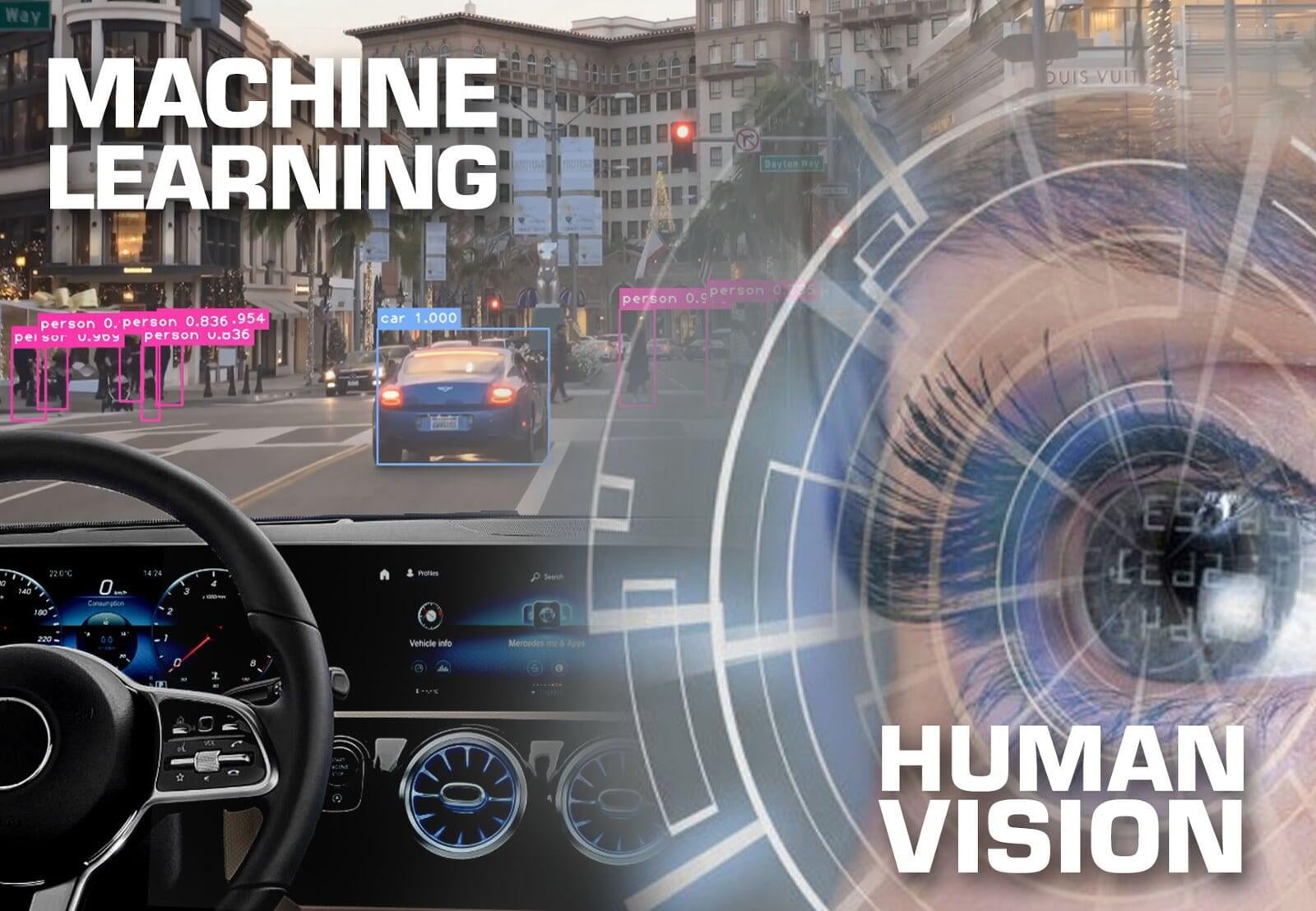
The Importance of RAW Data in Image Capture
In imaging, the use of uncompressed or RAW files is critical, as they retain the most detail from a sensor's data. RAW files, based on a Color Filter Array (CFA), preserve the raw data captured by an image sensor, allowing for advanced post-processing like demosaicing, color grading, and white balance adjustments. However, these files are often large, exceeding the bandwidth and storage capabilities of most devices.
Traditional compression methods often rely on processing the RGB result of an interpolation algorithm (debayering), which limits image quality and reduces bandwidth efficiency. This creates a trade-off between maintaining high-quality data and managing file size and bandwidth.

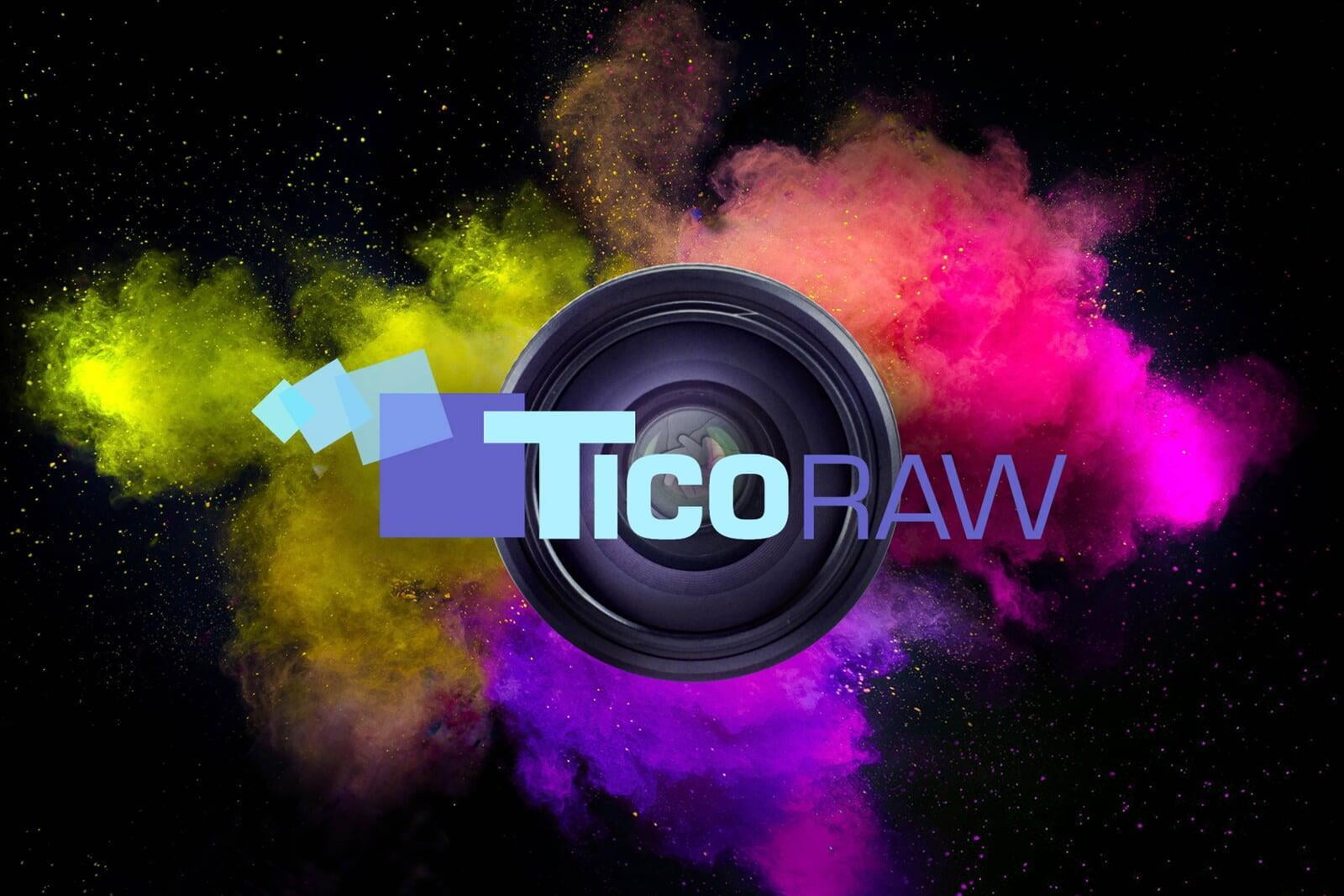
TicoRAW: Revolutionizing RAW Image Compression
TicoRAW: Revolutionizing RAW Image Compression
TicoRAW introduces a groundbreaking approach to RAW image compression. Unlike traditional codecs, TicoRAW processes the direct output from the image sensor and works with various CFAs without fully debayering the data. This preserves the key advantages of RAW data, including the flexibility to apply custom demosaicing algorithms and fine-tune aspects like color balance and exposure during post-processing.
With TicoRAW, images retain their high quality while reducing file sizes and bandwidth demands, ensuring smooth and efficient data flow from the sensor to the final display or storage. Key benefits of TicoRAW include:
- Microsecond Latency: Compression is achieved with ultra-low latency, preserving real-time performance.
- 10x Compression: TicoRAW compresses RAW sensor data by a factor of 10, ensuring manageable file sizes without compromising quality.
- Low Power & Complexity: Designed for low-power devices, TicoRAW reduces the energy consumption of cameras and embedded IoT devices, making it ideal for portable applications.
- Scalability: It handles RAW data from 1 Mpixel to 200 Mpixels, at high bit-depth, making it versatile for a wide range of imaging devices.
- Seamless Integration: TicoRAW operates at high speeds, making it ideal for real-time applications, editing workflows, and machine learning algorithms.
The Future of Image Capture with TicoRAW
TicoRAW sets a new standard for RAW image processing, offering the best of both worlds—RAW quality with significantly reduced bandwidth requirements. It is the optimal solution for reducing power consumption, optimizing camera design, and enabling flawless image capture, even in the most demanding applications.
Whether you are working with professional cameras, industrial vision, or consumer electronics, TicoRAW delivers the perfect balance of performance, efficiency, and image quality, allowing you to push the boundaries of what’s possible in image capture and processing.
Conclusion
As the demand for high-resolution image capture continues to grow, TicoRAW offers an innovative and efficient solution that enables the next generation of cameras and devices to handle massive amounts of sensor data without compromising on quality or performance. With its low-power, high-speed capabilities, TicoRAW is poised to lead the way in the future of imaging technology.
Related content
intoPIX has developed various architectures running at different pixel per clock to target a wide range of pixel rates/ frame rates/ image sensors resolutions and a wide range of FPGA devices & ASIC technology nodes
intoPIX has developed various architectures running at different pixel per clock to target a wide range of pixel rates/ frame rates/ image sensors resolutions and a wide range of FPGA devices & ASIC technology nodes





